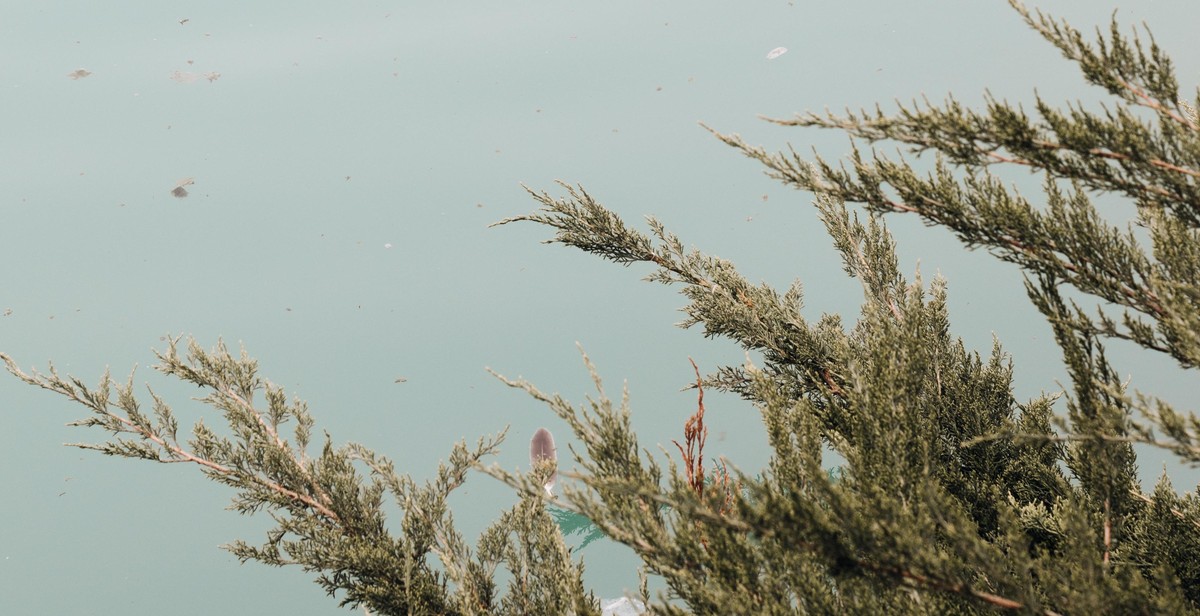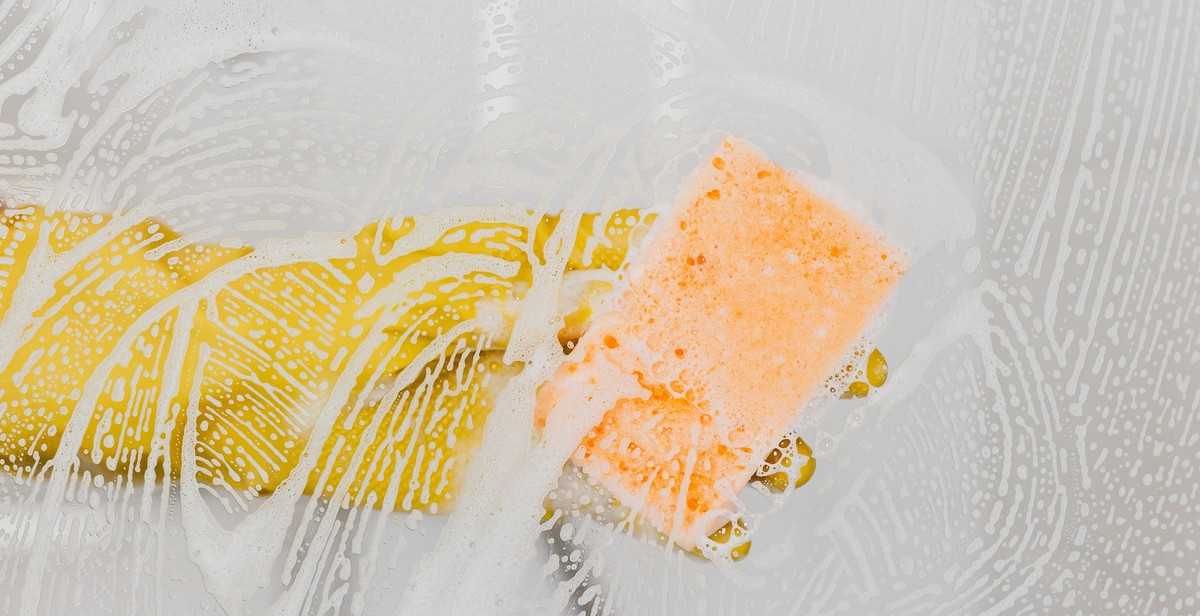How to Reduce Your Water Usage in the Bathroom
Water is a precious resource, and it’s important that we do our part to conserve it. One of the easiest places to start is in the bathroom, where we use a significant amount of water every day. From taking showers to flushing the toilet, there are many ways we can reduce our water usage without sacrificing our daily routines.
Why is it important to reduce water usage in the bathroom?
The average person uses about 80-100 gallons of water per day, and a significant portion of that is used in the bathroom. By reducing our water usage, we can help conserve this valuable resource and save money on our water bills. Additionally, reducing water usage can help ease the strain on municipal water systems, which can be especially important during times of drought or water shortages.
How can you reduce your water usage in the bathroom?
There are many simple and effective ways to reduce your water usage in the bathroom. These include:
- Turning off the tap while brushing your teeth
- Fixing leaky faucets and toilets
- Installing low-flow showerheads and faucets
- Taking shorter showers
- Using a bucket to catch excess shower water for watering plants
- Switching to a dual-flush toilet or installing a toilet tank bank
By implementing these easy changes, you can significantly reduce your water usage in the bathroom and help conserve this valuable resource.

Assess Your Water Usage
Before you start reducing your water usage in the bathroom, it’s important to know how much water you are currently using. This will help you set realistic goals and track your progress.
Check for Leaks
The first step in assessing your water usage is to check for leaks. Even a small leak can waste a significant amount of water over time. To check for leaks, start by turning off all the water in your bathroom. Then, check your water meter and write down the reading. Wait for a few hours and check the meter again. If the reading has changed, you may have a leak.
Check your toilet for leaks by adding a few drops of food coloring to the tank. If the water in the bowl changes color without flushing, you have a leak. Fixing leaks is an important step in reducing your water usage and can save you money on your water bill.
Track Your Water Usage
Once you have fixed any leaks, it’s time to track your water usage. You can do this by installing a water meter or using a water usage monitoring app. These tools will help you track your daily water usage and identify areas where you can reduce your consumption.
You can also track your water usage manually by keeping a log of how much water you use each day. This can be done by noting the reading on your water meter at the beginning and end of each day, or by using a measuring cup to track how much water you use for each activity, such as brushing your teeth or taking a shower.
By assessing your water usage and tracking your progress, you can identify areas where you can reduce your consumption and make changes to save water and money.

Install Water-Saving Fixtures
One of the most effective ways to reduce water usage in the bathroom is by installing water-saving fixtures. These fixtures are designed to use less water without compromising on performance, which means you can enjoy the same level of comfort and convenience while saving water and money on your utility bills.
Low-Flow Toilets
Replacing your old toilet with a low-flow model is one of the best ways to save water in the bathroom. Low-flow toilets use significantly less water per flush than traditional toilets, which can help you save up to 16,500 gallons of water per year. They are available in a variety of styles and designs, so you can choose one that matches your bathroom décor and fits your budget.
Low-Flow Showerheads
Another way to reduce water usage in the bathroom is by installing a low-flow showerhead. These showerheads use less water than traditional models without sacrificing water pressure or performance. They can help you save up to 2,900 gallons of water per year, which can add up to significant savings on your water bill.
Faucet Aerators
Faucet aerators are small devices that attach to the end of your faucet and mix air with water to reduce the flow rate. They can help you save water without affecting the water pressure, which means you can still enjoy a strong and steady stream of water while using less water overall. Installing faucet aerators is a quick and easy way to reduce water usage in the bathroom, and they are an affordable option for homeowners on a budget.
| Fixture | Water Usage |
|---|---|
| Low-Flow Toilet | 1.28 gallons per flush |
| Traditional Toilet | 3.5 gallons per flush |
| Low-Flow Showerhead | 1.5 gallons per minute |
| Traditional Showerhead | 2.5 gallons per minute |
| Faucet with aerator | 0.5 gallons per minute |
| Traditional Faucet | 2.2 gallons per minute |
- Installing water-saving fixtures can help you save water and money on your utility bills.
- Low-flow toilets, low-flow showerheads, and faucet aerators are all effective water-saving fixtures for the bathroom.
- Low-flow toilets use significantly less water per flush than traditional toilets.
- Low-flow showerheads use less water than traditional models without sacrificing water pressure or performance.
- Faucet aerators mix air with water to reduce the flow rate without affecting the water pressure.

Change Your Habits
Reducing water usage in the bathroom requires a change in habits. Here are some simple yet effective habits to adopt:
Take Shorter Showers
One of the biggest culprits of water waste in the bathroom is taking long showers. While it may be tempting to stand under the warm water for an extended period of time, it’s important to remember that every minute you spend in the shower is using up a significant amount of water.
To reduce your water usage, make a conscious effort to take shorter showers. Aim for no more than five minutes in the shower, and consider using a shower timer to help you keep track of time. Not only will you save water, but you’ll also save on your energy bill.
Turn Off the Tap When Brushing Teeth
Another common habit that leads to water waste in the bathroom is leaving the tap running while brushing your teeth. This seemingly harmless action can waste up to 6 liters of water per minute!
To reduce your water usage, make sure to turn off the tap while brushing your teeth. You can also fill a cup with water and use it to rinse your mouth instead of letting the tap run.
Fix Running Toilets Immediately
A running toilet can waste up to 200 liters of water per day, which can significantly increase your water bill. If you notice that your toilet is running, it’s important to fix it immediately.
Common causes of a running toilet include a faulty flapper valve or a leaky flush valve. These issues can often be fixed with a simple DIY repair or by calling a plumber. Don’t wait to fix a running toilet, as it can quickly become a costly and wasteful problem.
By adopting these simple habits, you can significantly reduce your water usage in the bathroom and do your part to conserve this precious resource.

Reuse Water
One effective way to reduce your water usage in the bathroom is by reusing water. Here are two ways to collect and reuse water:
Collect Shower Water
Collecting shower water is an easy way to reuse water. Instead of letting the water go down the drain, place a bucket or basin in the shower to catch the water. This water can then be used for various purposes such as watering plants, flushing the toilet, or cleaning. By collecting shower water, you can save up to 5 gallons of water per minute.
Collect Tap Water
Collecting tap water is another way to reuse water. When waiting for the water to heat up, collect the cold water in a bucket or basin. This water can be used for drinking, cooking, or watering plants. You can also collect water while washing your hands or brushing your teeth. By collecting tap water, you can save up to 4 gallons of water per minute.
| Benefits | Description |
|---|---|
| Reduces water usage | Reusing water reduces the amount of water that goes down the drain, thus reducing overall water usage. |
| Conserves water | By reusing water, you are conserving water resources and helping to ensure that there is enough water for future generations. |
| Saves money | Reusing water can help you save money on your water bill, as you will be using less water overall. |
Overall, reusing water is a simple and effective way to reduce your water usage in the bathroom. By collecting shower water and tap water, you can save water, conserve resources, and even save money on your water bill.

Conclusion
Reducing your water usage in the bathroom is not only good for the environment, but it can also save you money on your water bill. By implementing some of the tips and tricks mentioned in this article, you can significantly reduce your water consumption without sacrificing your daily routine.
Remember to:
- Fix any leaks as soon as possible
- Install low-flow showerheads and faucets
- Take shorter showers
- Turn off the water while brushing your teeth or shaving
- Upgrade to a low-flow toilet
- Consider using a bucket to catch excess water and use it to water plants
By making these small changes, you can make a big impact on the environment and your wallet. Don’t forget to spread the word and encourage your friends and family to do the same!
 |
Remember: Every drop counts! |
